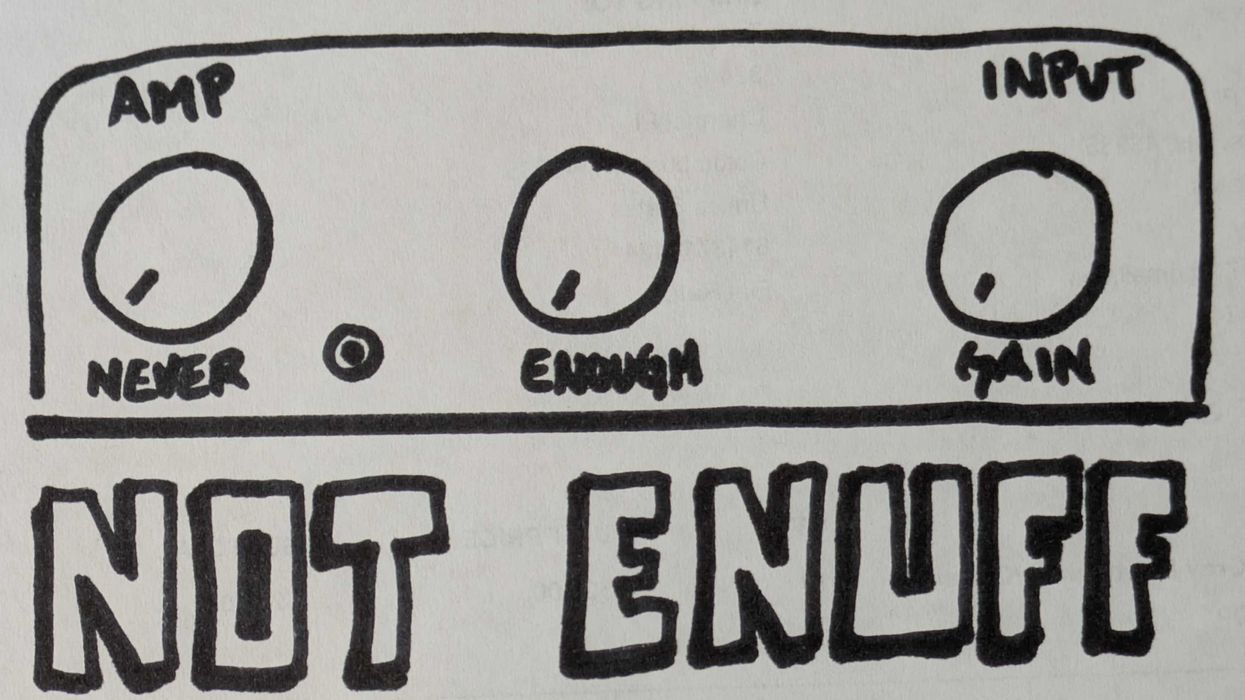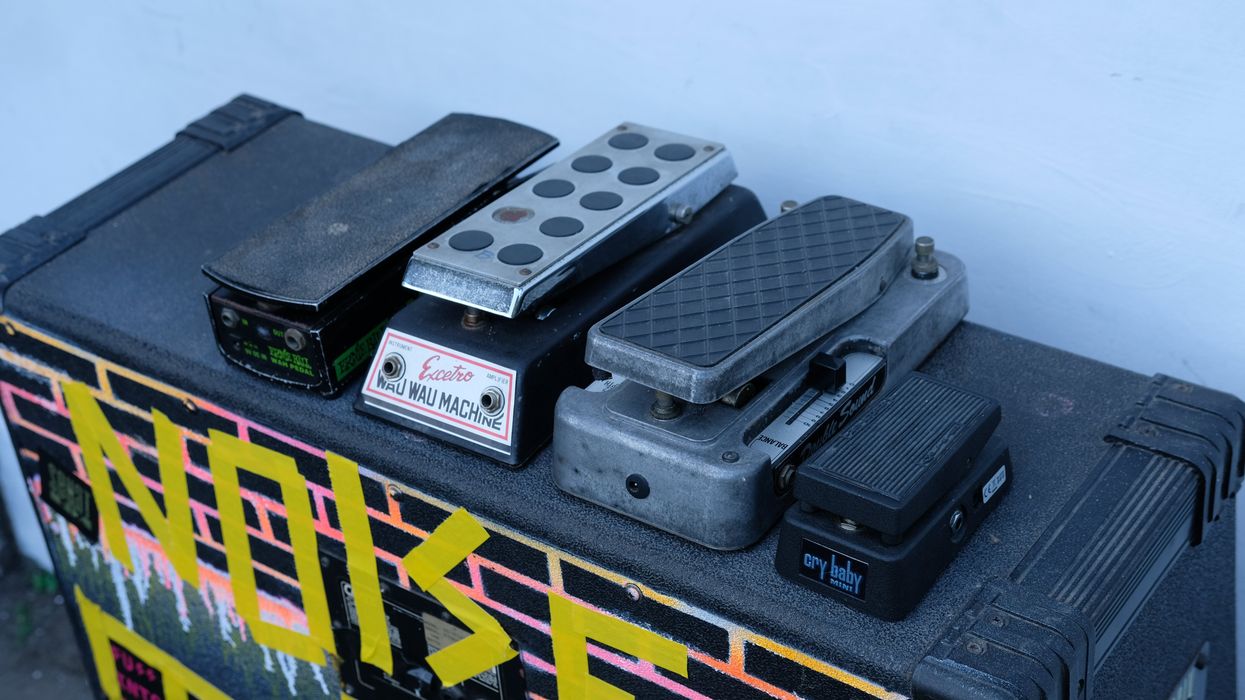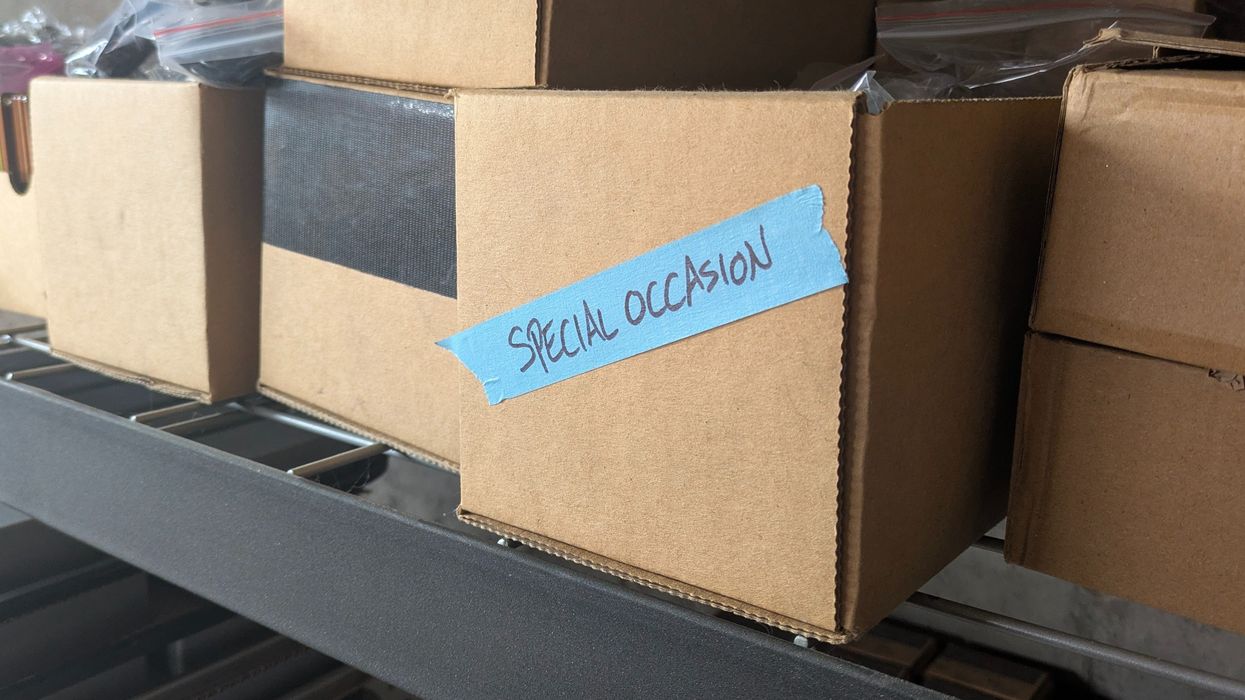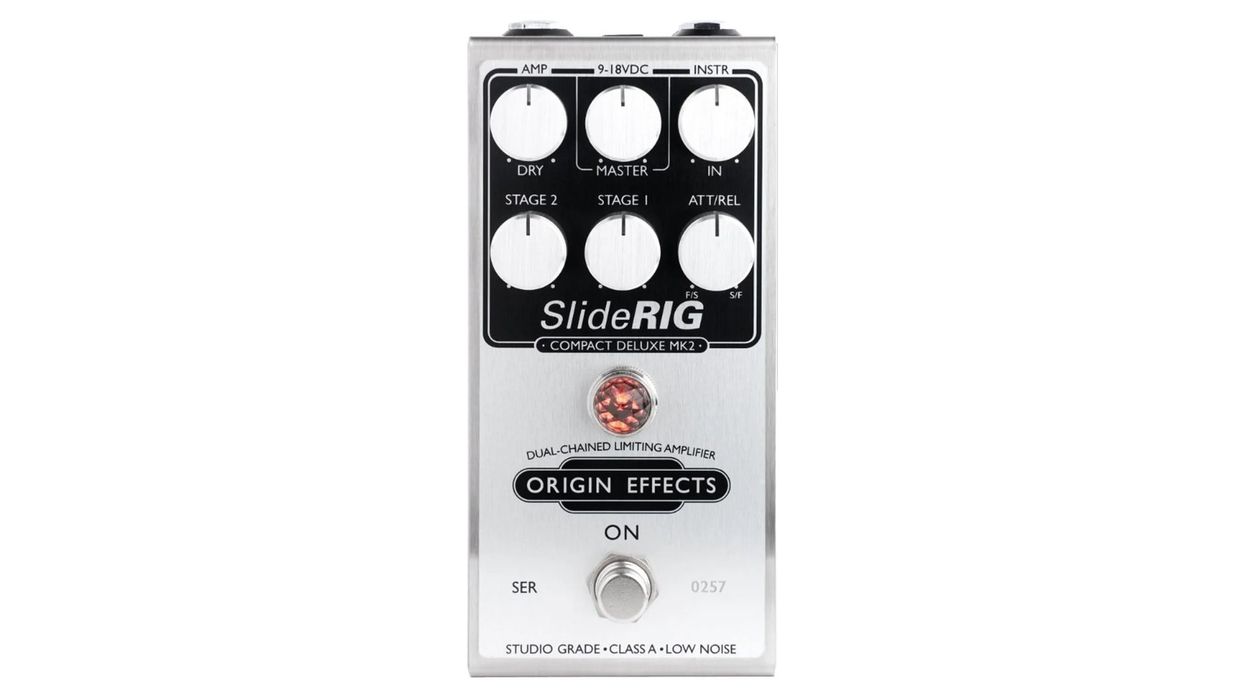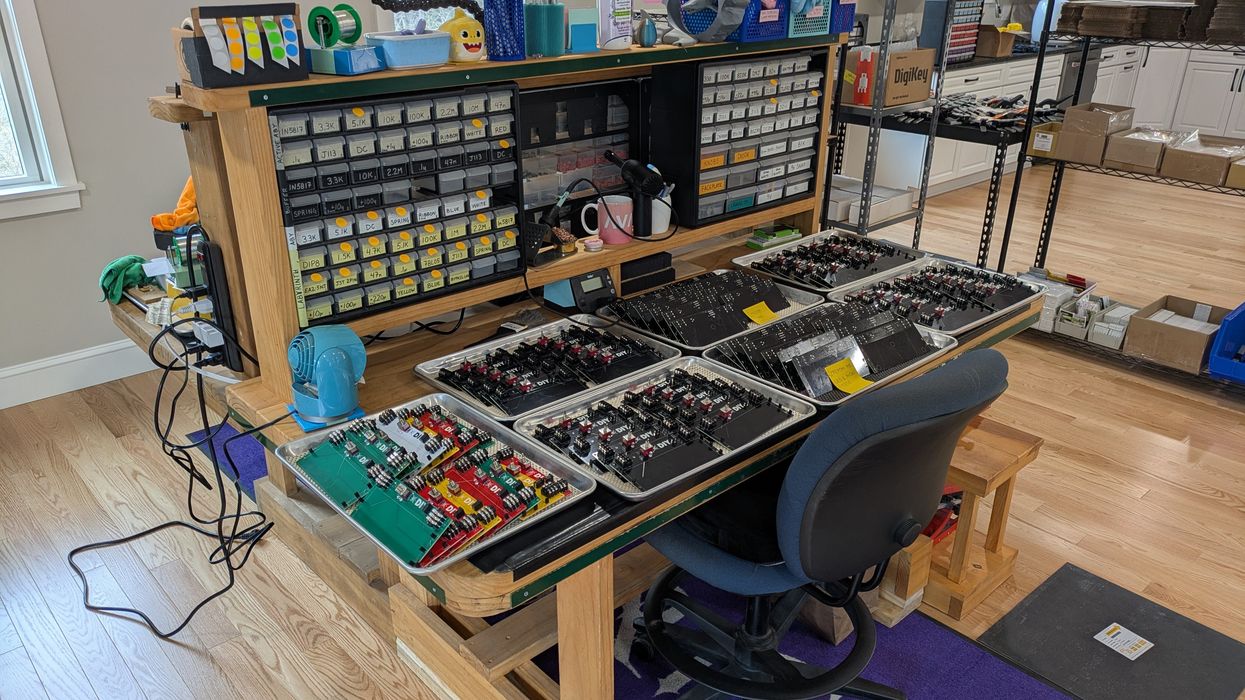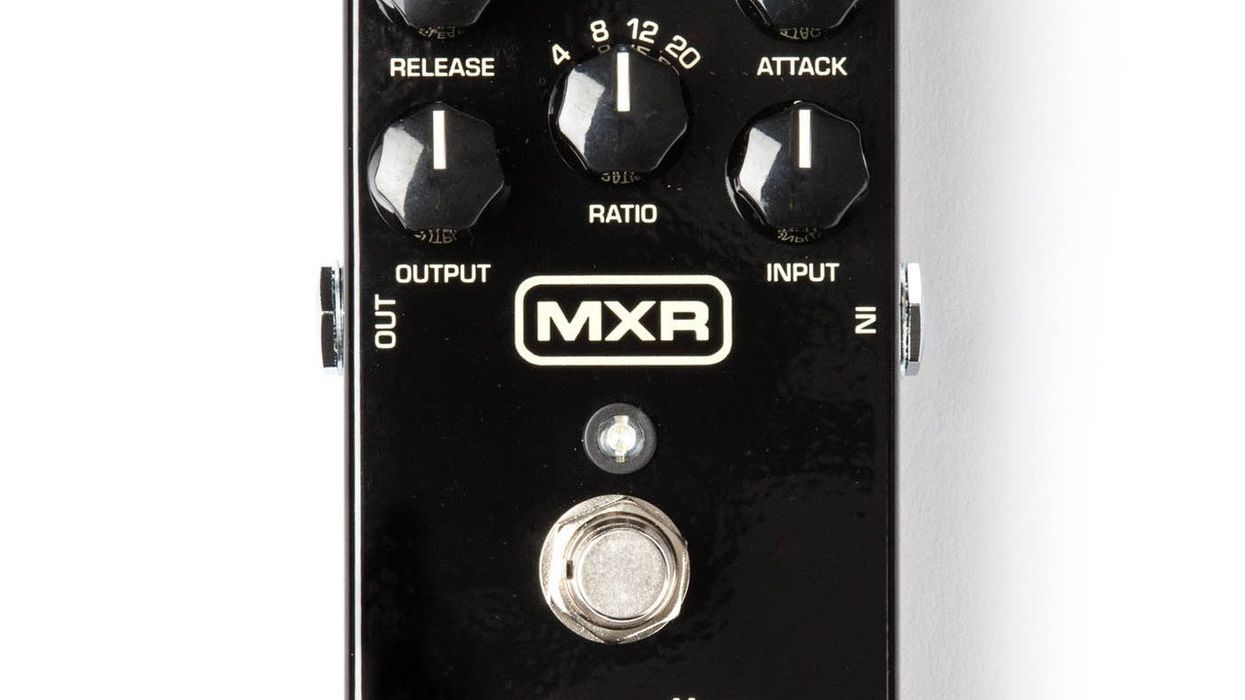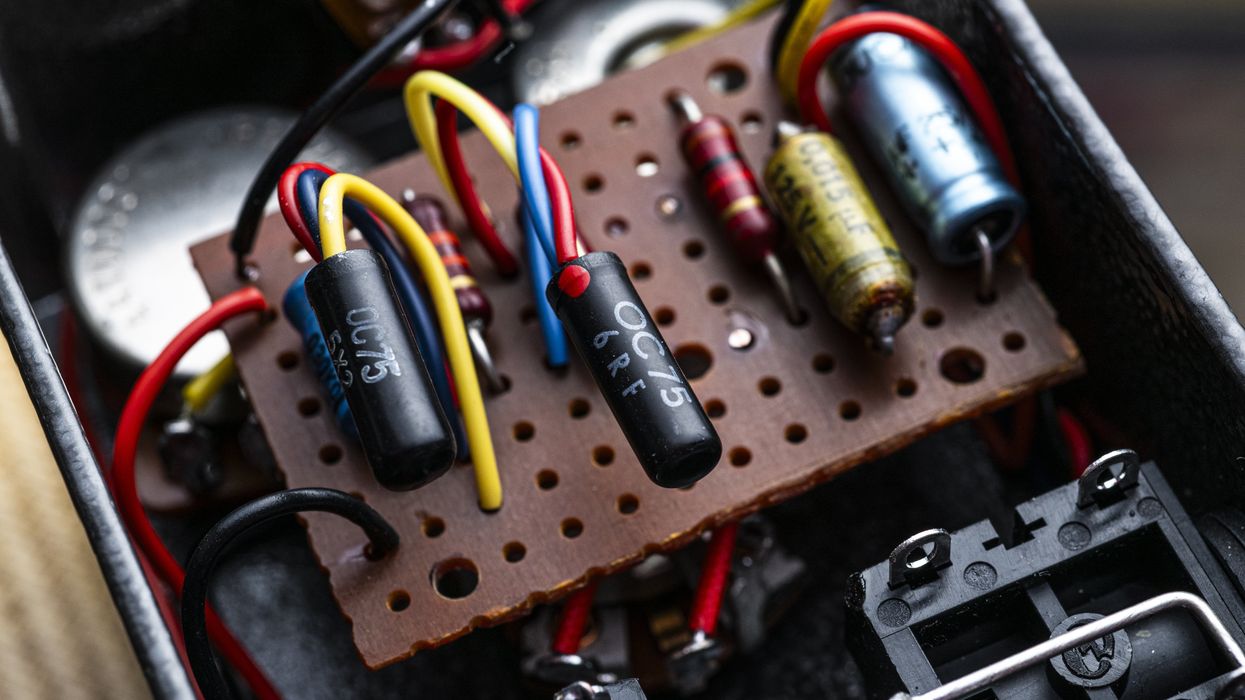MIDI is a technical standard developed in the early '80s to allow equipment of a variety of types and functions to communicate as interconnected music production tools. The term Musical Instrument Digital Interface describes both the protocol and the hardware necessary for manufacturers to build compatible systems, and the standard quickly replaced most manufacturers' proprietary communication methods—making the world of synths and effects modules much more universal. Not many digital standards have remained relevant for 40 years, but MIDI is still kicking around and growing in users and market segments.
As the sophistication of product designers has risen and computing hardware costs have fallen, MIDI functionality has been employed in areas that the original architects probably could not have imagined. MIDI equipped effects, switchers, and controllers are now available for almost every application and budget, and the open-ended nature of the protocol means that MIDI can do more than ever. Fortunately, you need not know everything about MIDI's capabilities to use it on a guitar pedalboard to great effect.
In its simplest form, MIDI is a collection of messages. These messages are sent on one of 16 channels. Most rigs assign each MIDI device to its own channel, keeping everyone's messages in their own lane. The messages most often used in the stompbox world are Program Changes (PC) and Control Changes (CC). PCs are often used to call up preset sounds on an effect. When a MIDI controller (RJM Mastermind, Morningstar's MC series, etc.) sends a PC of value 10 to an effect, the effect loads program/preset 10. You will have saved your awe-inspiring effect patch there to be recalled. Additionally, pedal makers will assign certain parameters to be accessible via a corresponding Control Change number. You can send a MIDI CC message to edit effect parameters with a value of 1 to 128 (corresponding to the number of binary bits of data). Think of CCs as a means of remotely toggling switches and turning knobs on your effects, where sending a CC value of 1 means 0 percent and 128 means 100 percent. So, if the maker of your MIDI-equipped delay has assigned CC #45 to feedback, you can send a CC message that sets the value to 128, max out the feedback, and swim in the repeats.
If you need preset-able effects or real-time adjustment of effect parameters, be encouraged.
How do we issue these clever little messages to our clever little boxes? RJM, Morningstar, and Disaster Area all make controllers with the ability to send PC and CC messages in some form or fashion. There are a few things to consider as you connect them. The original MIDI standard uses a 5-pin circular DIN with a bona fide opto-isolated input that prevents ground loops. More recently, manufacturers like Boss, Chase Bliss, and Strymon have started using TRS connectors in both 1/4" and 1/8" varieties, and while some of these TRS connections have opto-isolated inputs, others do not. Disaster Area's MIDI Box can help connect MIDI signals to these non-iso'd products, but beware: Ground loop issues can persist if there isn't a full-spec isolated MIDI input on every device. These can manifest as constant whines or bursts of noise.
Most MIDI interconnections are daisy-chained. You'll connect the MIDI output of your controlling device to the MIDI input of the first pedal in your MIDI chain. Many pedals have a MIDI-thru to forward that MIDI information down the line, although it may require configuration to do so. Beware, all MIDI-thrus are not created equal! Some pedals do a poor job of forwarding data accurately when lots of MIDI commands are being sent at the same time and, in our experience, daisy-chaining four or more pedals risks reducing MIDI reliability. In large rigs with many MIDI devices, you may want to use something like a MIDI Solutions Quadra Thru, which produces four pristine copies of your original MIDI message. These boxes can shorten your daisy-chains and/or put misbehaving pedals in their own branch.
Many guitar players have sworn off ever using something like MIDI on principle alone. That's quite alright. They may genuinely not require any of its utility, but if you need preset-able effects or real-time adjustment of effect parameters, be encouraged. The costs of high-quality MIDI controllers and MIDI-equipped effects are falling and the learning curve is flattening out. The time is right to bring your board into the future ... with a 40-year-old technical standard.




